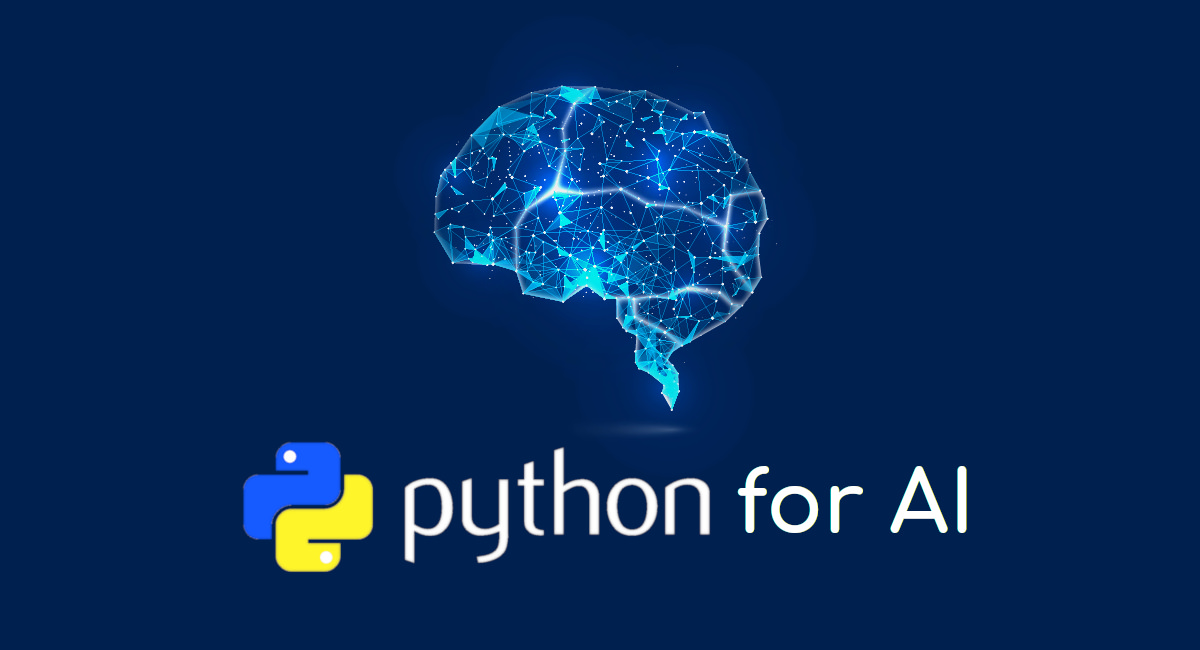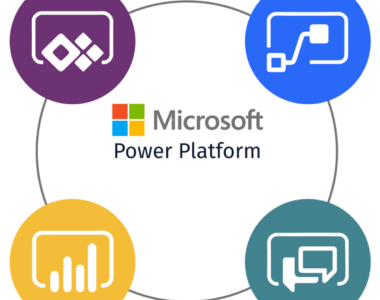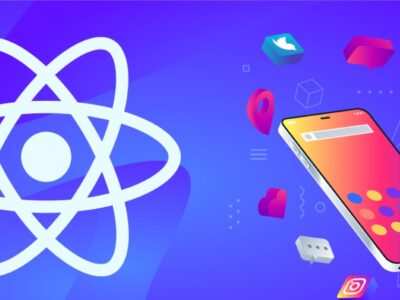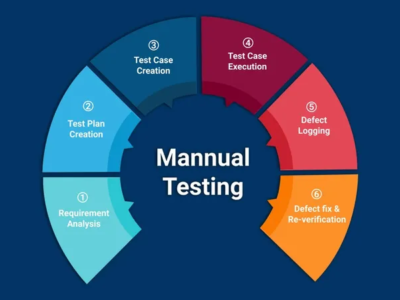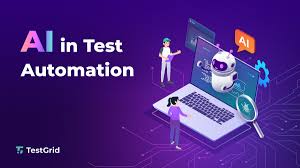Python with AI Bootcamp Course Overview
This Python with AI Bootcamp is an intensive, hands-on program designed to equip participants with both foundational and advanced skills in Python programming and its applications in Artificial Intelligence (AI). The course combines Python fundamentals with a deep dive into machine learning, deep learning, and AI-driven applications.
Over the course of the bootcamp, participants will learn how to use Python for data analysis, machine learning, and AI model development, using libraries like NumPy, Pandas, Scikit-Learn, TensorFlow, and Keras. By the end of the course, participants will have the ability to build and deploy AI models to solve real-world problems.
Key Learning Objectives:
- Master the fundamentals of Python programming and its application in data science and AI.
- Understand core AI concepts, including machine learning, neural networks, and deep learning.
- Learn how to preprocess data and perform exploratory data analysis using Python.
- Gain proficiency in implementing machine learning models using Scikit-Learn for regression, classification, and clustering.
- Develop deep learning models using TensorFlow and Keras, focusing on neural networks, convolutional neural networks (CNNs), and recurrent neural networks (RNNs).
- Learn how to deploy machine learning models and integrate AI solutions into applications.
- Understand how to work with AI-powered tools such as natural language processing (NLP), computer vision, and reinforcement learning.
- Implement real-world AI applications in fields such as healthcare, finance, and customer service.
Modules Covered:
Module 1: Python Programming Fundamentals
- Introduction to Python: Overview of Python and its use cases in AI, data science, and machine learning.
- Data Types and Structures: Variables, lists, tuples, dictionaries, sets.
- Control Flow and Functions: Conditional statements, loops, functions, lambda expressions.
- Working with Files: File handling, reading/writing to CSV, JSON, and text files.
- Error Handling and Debugging: Exception handling and debugging Python code.
- Python Libraries: Introduction to key libraries like NumPy, Pandas, Matplotlib, and Seaborn for data manipulation and visualization.
Hands-On: Writing Python scripts, manipulating data with Pandas, and visualizing datasets with Matplotlib and Seaborn.
Module 2: Data Analysis and Preprocessing
- Data Wrangling with Pandas: Cleaning, filtering, and transforming data.
- Exploratory Data Analysis (EDA): Using Pandas and Matplotlib to explore and summarize data.
- Handling Missing Data: Techniques for dealing with missing or inconsistent data.
- Feature Engineering: Creating new features from existing data to improve model performance.
- Data Scaling and Normalization: Standardizing and normalizing data for machine learning.
Hands-On: Performing EDA on real-world datasets, including feature engineering and preparing data for machine learning.
Module 3: Introduction to Machine Learning
- Machine Learning Basics: Understanding supervised, unsupervised, and reinforcement learning.
- Linear Regression: Building regression models, understanding metrics like R-squared and Mean Squared Error.
- Classification Algorithms: Implementing classification algorithms like logistic regression, decision trees, and random forests.
- Clustering Algorithms: Exploring unsupervised learning with k-means and hierarchical clustering.
- Model Evaluation: Evaluating models using cross-validation, confusion matrices, precision, recall, and F1-score.
Hands-On: Building and evaluating machine learning models (regression and classification) using real-world datasets and Scikit-Learn.
Module 4: Advanced Machine Learning Techniques
- Support Vector Machines (SVM): Understanding SVMs for classification and regression tasks.
- Ensemble Learning: Combining models with techniques like bagging, boosting (e.g., AdaBoost, Gradient Boosting, XGBoost).
- Dimensionality Reduction: Using Principal Component Analysis (PCA) and t-SNE for high-dimensional data.
- Hyperparameter Tuning: Optimizing machine learning models using GridSearchCV and RandomizedSearchCV.
- Natural Language Processing (NLP): Text processing with NLP libraries (NLTK, spaCy), tokenization, stemming, and sentiment analysis.
Hands-On: Implementing SVMs, ensemble models, and performing NLP tasks such as sentiment analysis on large text datasets.
Module 5: Introduction to Deep Learning
- Neural Networks Basics: Understanding perceptrons, activation functions, and how neural networks work.
- Deep Learning with TensorFlow and Keras: Building and training deep learning models using TensorFlow and Keras.
- Backpropagation and Optimization: Understanding how backpropagation and optimizers like Adam, SGD work.
- Overfitting and Regularization: Techniques like dropout, batch normalization, and early stopping to avoid overfitting.
Hands-On: Building and training fully connected neural networks (ANNs) with TensorFlow and Keras on image and tabular datasets.
Module 6: Convolutional Neural Networks (CNNs)
- Introduction to CNNs: Understanding how CNNs work for image data.
- Building CNNs in Keras: Constructing convolutional layers, pooling, and fully connected layers.
- Image Classification with CNNs: Applying CNNs to tasks like digit recognition (e.g., MNIST) and object detection.
- Transfer Learning: Using pre-trained models like VGG16, ResNet, and Inception for complex tasks.
Hands-On: Building and training CNNs on image classification tasks, and fine-tuning pre-trained models for custom applications.
Module 7: Recurrent Neural Networks (RNNs) and LSTMs
- Introduction to RNNs: Understanding sequential data and time series.
- Long Short-Term Memory (LSTM) Networks: Understanding LSTM architecture and applications for tasks like text generation and stock price prediction.
- Working with Sequential Data: Building RNNs/LSTMs in Keras for text and time series predictions.
Hands-On: Implementing LSTM models for time-series prediction and text generation tasks using Keras.
Module 8: AI-Powered Applications and Integration
- AI in Computer Vision: Implementing image recognition, object detection, and image segmentation.
- AI in Natural Language Processing (NLP): Using AI to build chatbots, sentiment analysis, and language translation systems.
- Reinforcement Learning: Introduction to Q-learning and reinforcement learning algorithms using OpenAI Gym.
- Model Deployment: Deploying machine learning and deep learning models using Flask, Docker, and cloud platforms like AWS, Google Cloud, and Azure.
Hands-On: Building and deploying an AI-based web application that integrates a trained model using Flask or FastAPI.
Capstone Project:
Participants will work on a comprehensive, real-world AI project that integrates everything learned in the bootcamp. This could involve developing a machine learning or deep learning model (e.g., image classification, predictive modeling) and deploying it as a working application. The project will include data analysis, model development, and deployment using Python and relevant AI frameworks.
Who Should Attend?
- Developers and engineers looking to gain expertise in Python and AI development.
- Data scientists, analysts, and machine learning engineers who want to enhance their skills with practical AI applications.
- IT professionals seeking to transition into AI-driven fields like data science, machine learning, and AI engineering.
- Students or graduates who want to build a strong foundation in AI and data science using Python.
Course Outcome:
By the end of this bootcamp, participants will be proficient in Python programming and capable of developing and deploying machine learning and AI solutions. They will have hands-on experience building models, analyzing data, and integrating AI into real-world applications. Graduates will be ready to take on roles such as AI developer, data scientist, machine learning engineer, or Python developer.
Course Features
- Lecture 0
- Quiz 0
- Duration 60 hours
- Skill level All levels
- Language English
- Students 32
- Assessments Yes

